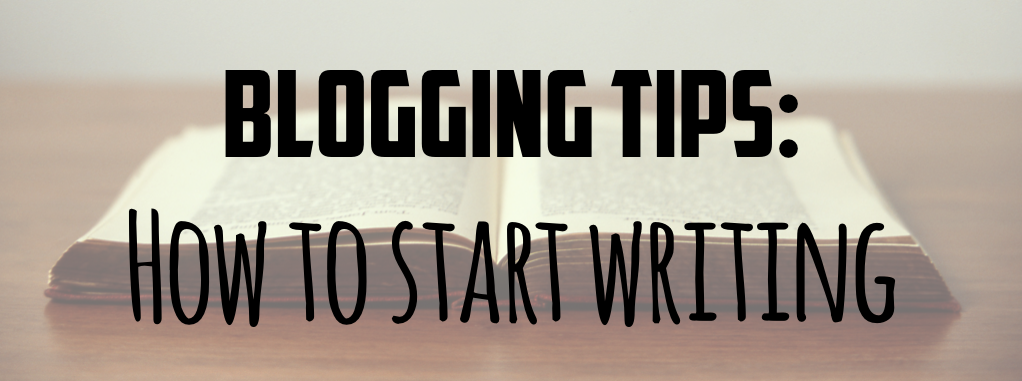A couple of weeks back I got invited to share my blogging tips for the Women Hack for Non Profits monthly meetup. I couldn’t make the event, but since I’ve been helping friends and colleagues recently quite a bit with their blog posts, I thought it would be useful to write up some of the advice I found myself repeating quite a bit.
These tips aren’t really about how to get you blogging more often or how to set up your blog – rather, it’s about how to write a long form blog post/article. There’s also a lot of overlap here between how I approach creating my blog posts and my talks: you could easily apply a lot of these tips to creating a talk too!

What story are you trying to tell?
Before writing anything, I try to sit down and think through all the different aspects of my blog post. For starters, who am I writing this post for? Are they other developers? Users of my product? Fans of a TV show? What’s their background, what do they know? Knowing who you’re writing for frames the entire article – for me, it makes it easier to understand and define the scope of what you’re attempting to write.
Once you know who you’re writing this post for, think about what story you’re telling them. What is it that you want them to take away from this post? What’s the key message? Are you trying to convince them of something? Are you sharing something that you did? Have an idea of what effect you want to have on your audience.
Create an outline
My process of writing typically begins with post-it notes. I’ll start with all the key points I want to make, including some of the answers I came up with to the questions in the previous section. Once I’ve got all those post-its I start grouping them and moving them around to create different sections. What I like about this method is that it allows me to play around with how I tell the story – it’s easier to move post-its around and come up with the structure that works best without being bogged down in paragraphs and paragraphs of text.
When done right, the groupings of post-it notes give me a good idea of the flow of my blog post. I’ll know what points I need to make in my intro and conclusion, plus the groupings will give me a rough idea of headings and their paragraphs. Of course, you might not necessarily have any post-its handy, but I think the main lesson is to think about the overall structure before diving in to write something.
Write the part that comes easiest to you
Once you know what to write, actually sitting down and writing can be quite tough. For me, it depends on the type of blog post, but often I’ll find that it’s the opening and intro I struggle the most with. In those cases: I initially just skip it and leave it for last. Start with whatever section is most clear in your mind and write it! There’s nothing stopping you from writing the post in the same order that somebody reads it.
Refactor and rewrite
It’s rare I’ll write something that I’m completely happy with in one go. Typically I’ll have an initial draft and go through it completely again – cutting parts, moving paragraphs around and turning it into a better story. Just like with refactoring code, you need to keep in mind that it’s all about making the end product better. Sometimes I’ll have written a sentence or paragraph that I completely love, but I know I need to cut, cause it just doesn’t work.
It will never be perfect
Finally, the main thing I’ve had to accept is that whatever I do none of my posts will ever be ‘perfect’. It’s sometimes super tricky to hit that publish button on something that you feel could be better, yet at the same time you can’t keep every single post in a drafted state forever.
Even now, just looking at this post, I feel as if maybe I’ve forgotten something, maybe there’s something else that should be included in this list. But it’s been hanging around in a draft state for about 2 weeks now and I haven’t made that many changes.
Waiting for perfection just gets in the way of sharing you know and helping others.

